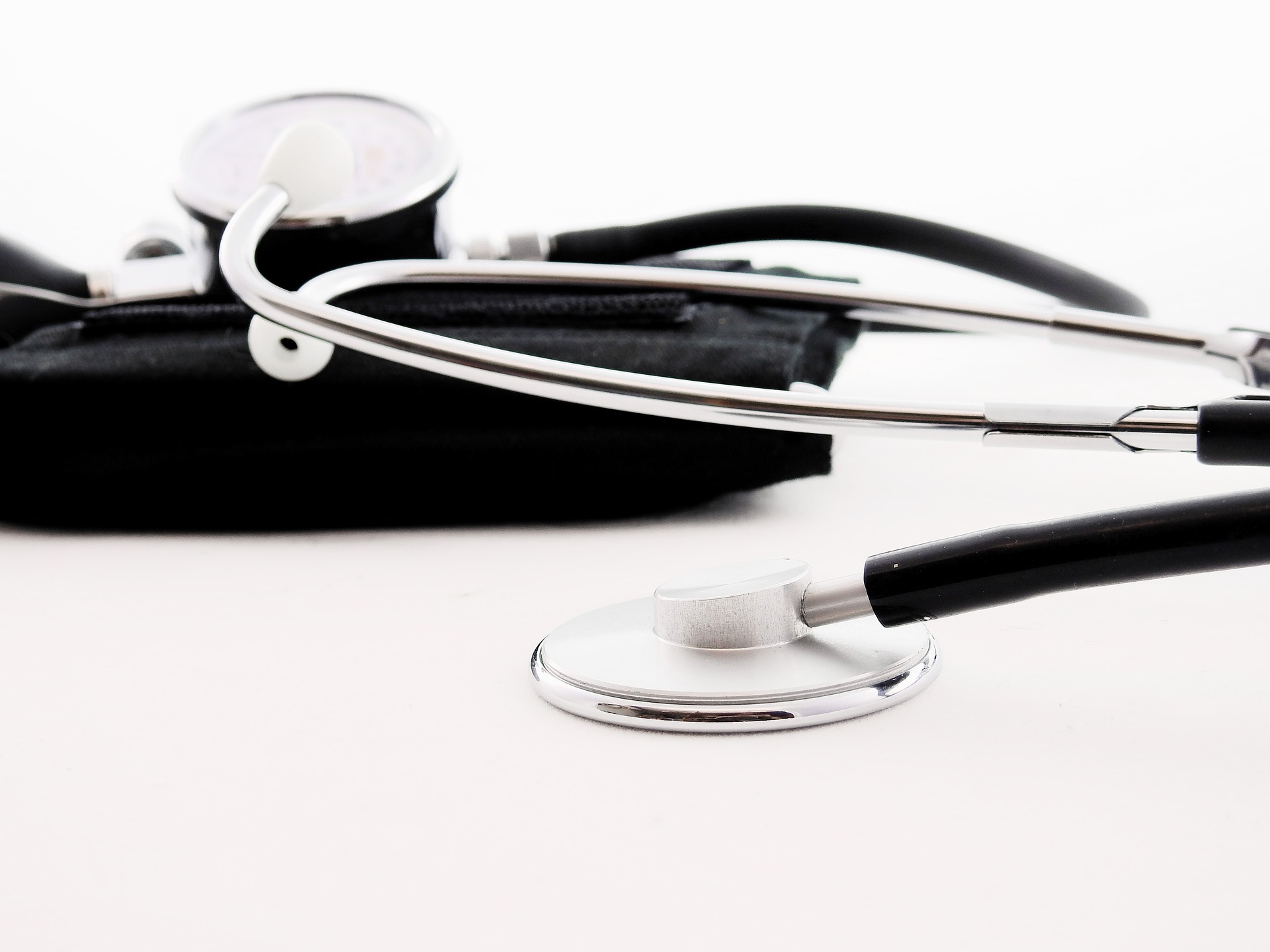Accurately measuring the vitals of your patients is crucial when you’re working as a medical flight paramedic, an EMT, a nurse, or any medical professional for the matter. That means you’ll need to properly monitor and record the patient’s blood pressure. While it may be fairly easy for you, it’s important to remember that there are certain factors that could result in wrong BP readings.
Factors that Often Mislead Medical Flight Paramedics
By understand what could impact the BP reading on your equipment, you will be able to take precautions and make more accurate readings. Here are some of the reasons why your BP monitor could give you inaccurate readings:
- Incorrectly-sized cuffs – If the BP cuff on the monitor is too large, you’ll get readings that are much lower than the actual rate. And in case the cuff is too small, the BP readings will be a lot higher than the correct rate. Make sure the bladder length is 80% and width is 40% of the arm circumference.
- Incorrect positioning of patient’s body – How the patient’s body is positioned will also have a huge impact on the accuracy of your reading. Eliminate any influence of gravity to make sure you get a more accurate reading. The arm or leg you’re using for the reading should be placed at mid-heart level.
In addition to this, you need to make sure the patient isn’t talking while you’re taking the reading. And it would be ideal if you could take the reading when the patient is sitting with their legs uncrossed. In case of unconscious patients, taking a reading may be a bit more challenging for medical flight paramedics. But you can still follow the rules of proper positioning and correct cuff sizes to take accurate BP measurement.


